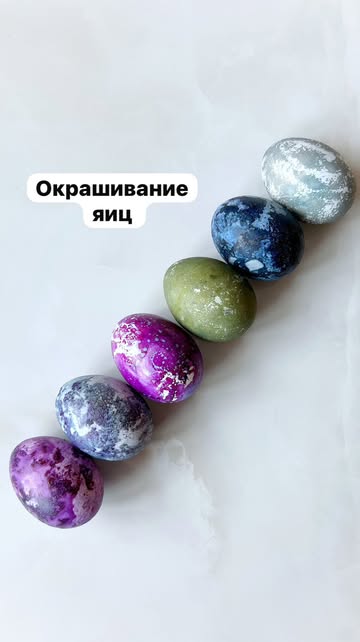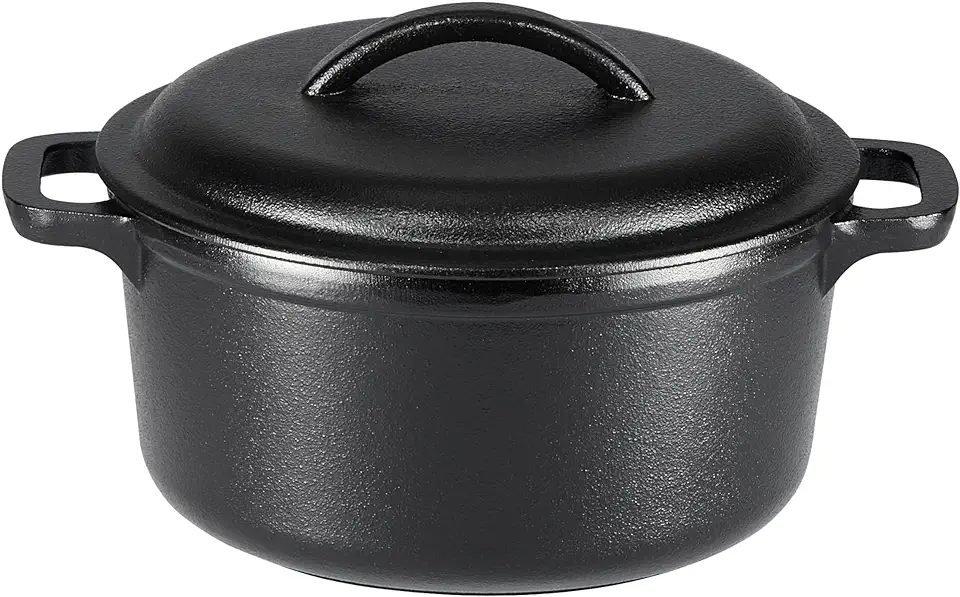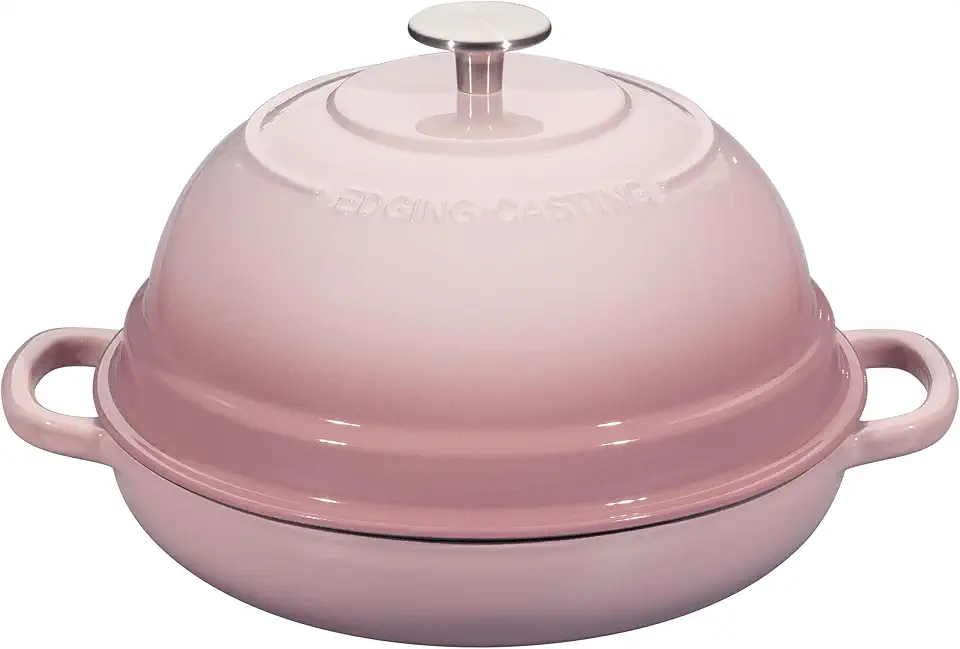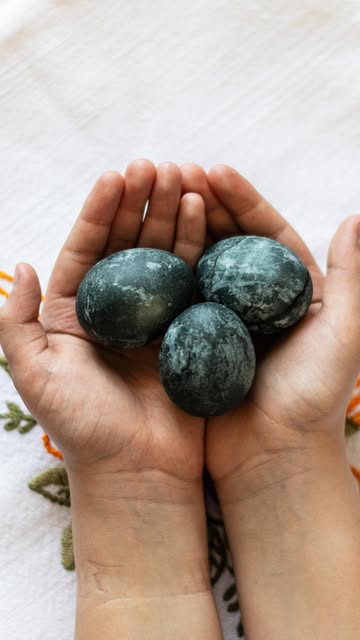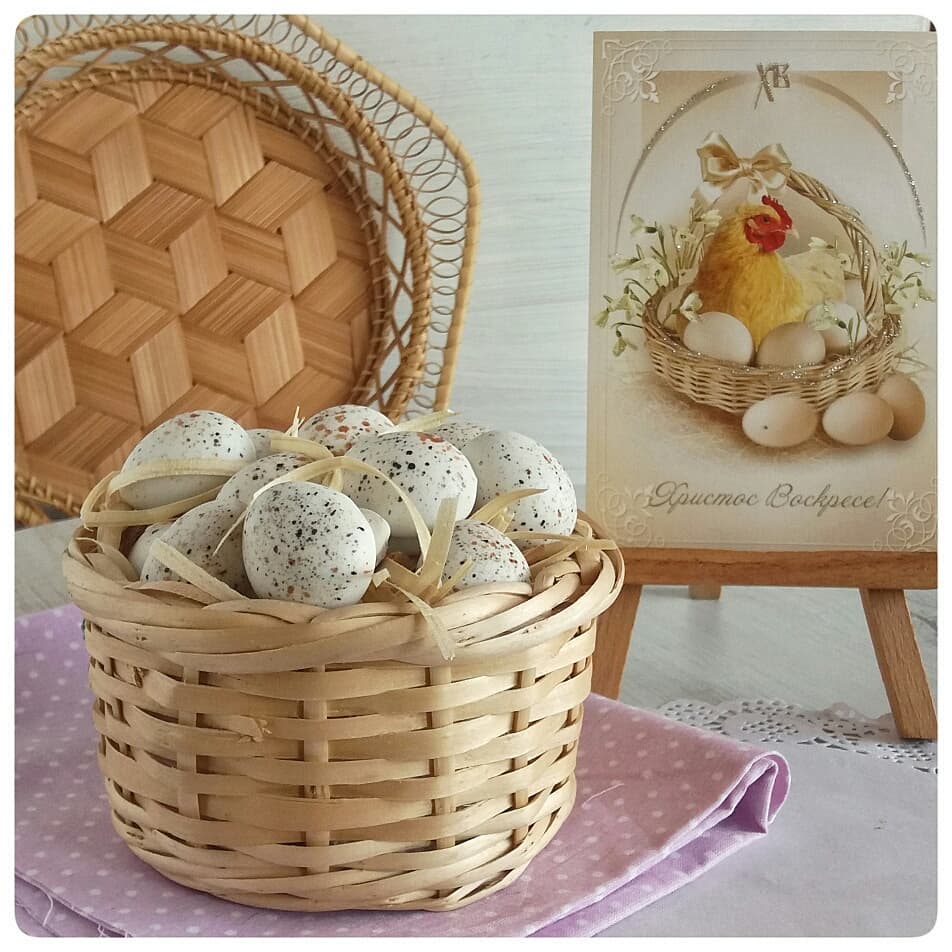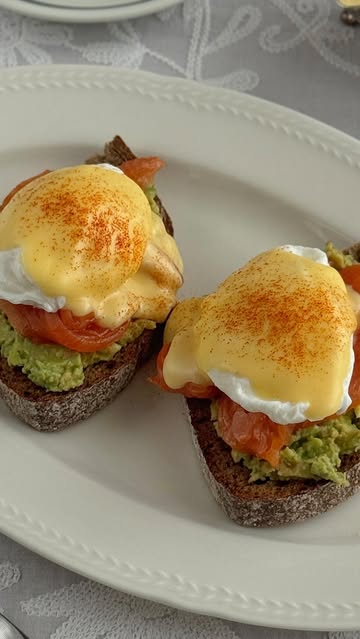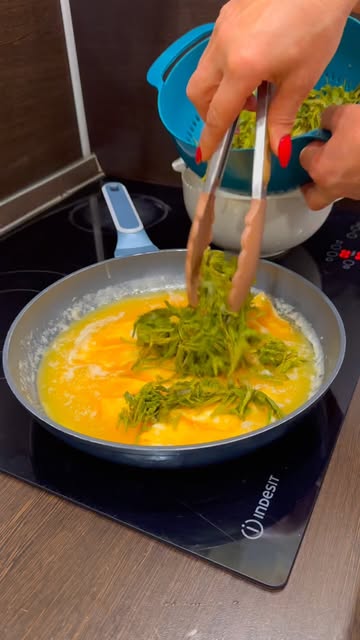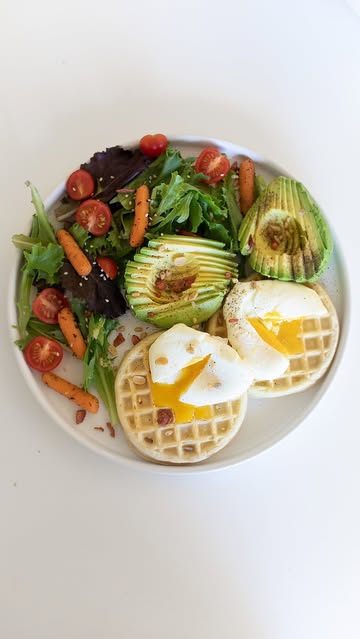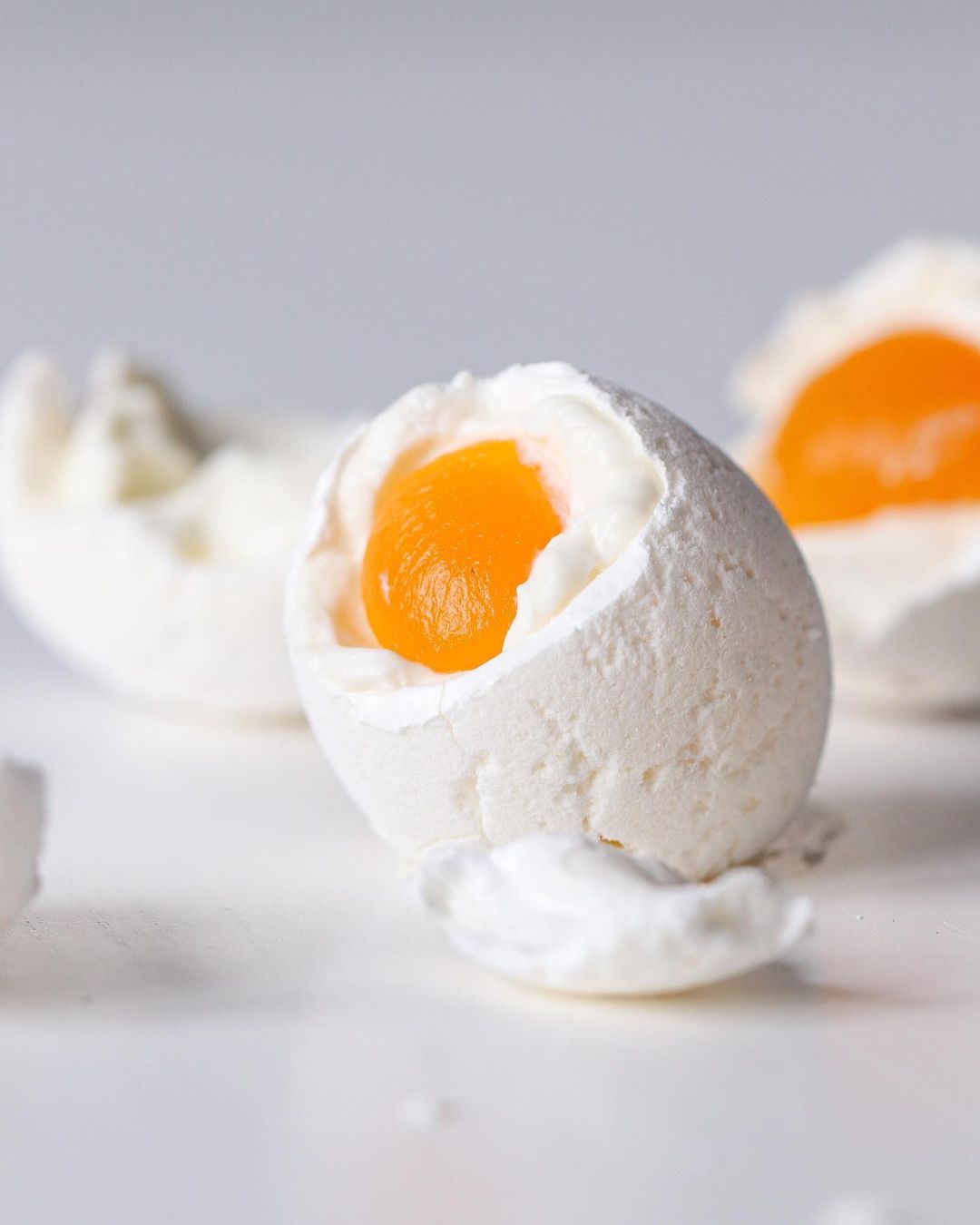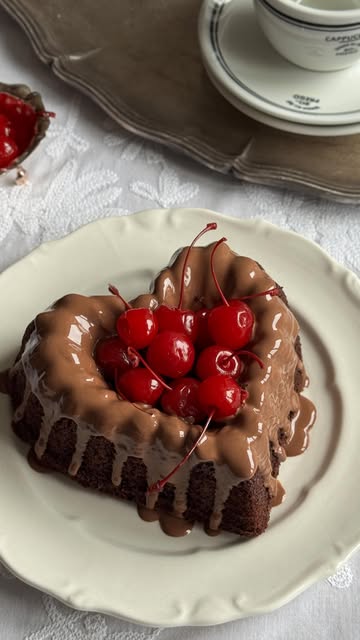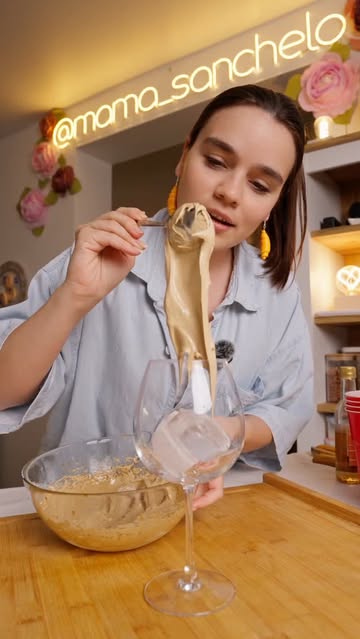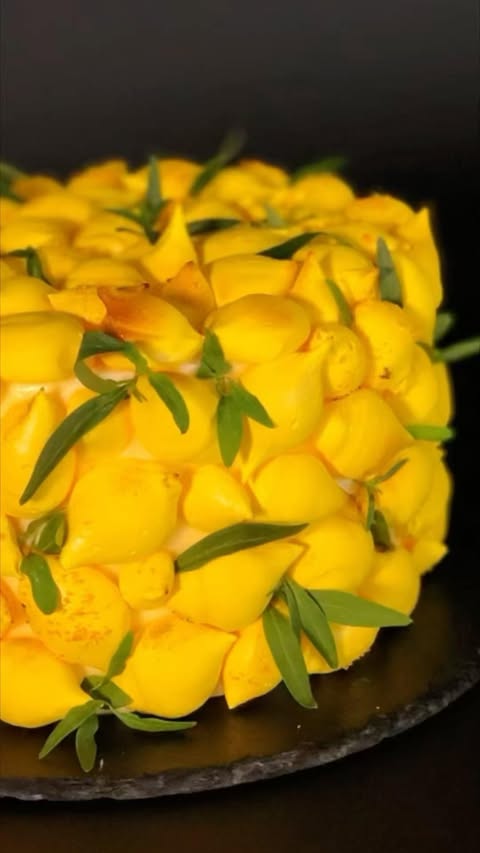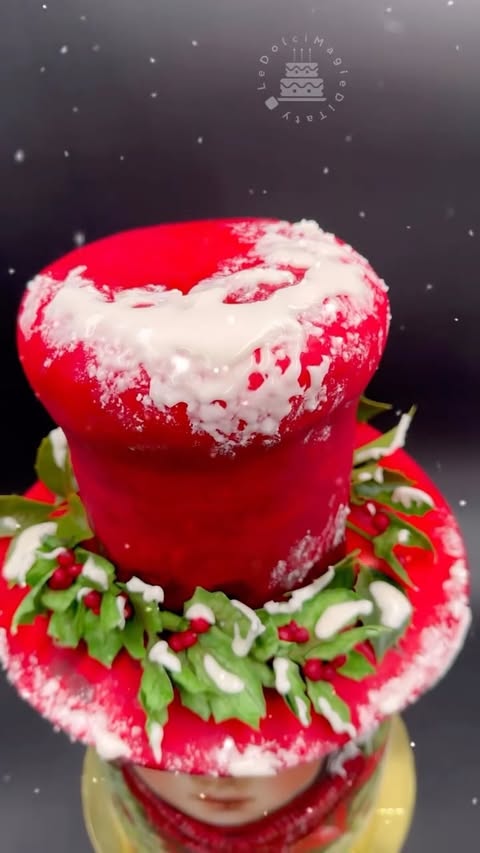Ingredients
For Boiling Eggs
For Hibiscus Dye
Instructions
Step 1
Begin by placing the white eggs in a saucepan and cover them with enough water.
Bring the water to a gentle boil and then cook the eggs for about 10 minutes until they are fully cooked.
Step 2
While the eggs are boiling, take your dried hibiscus flowers and place them in another saucepan.
Pour the hot water over the flowers and allow them to steep for at least 30 minutes to extract a rich color.
Step 3
Once the hibiscus tea is prepared, keep the heat on and place the boiled eggs into the saucepan with the dye.
Let the eggs boil in the hibiscus bath for an additional 10 minutes to take on the beautiful color.
Step 4
For a different approach, pour a portion of the hibiscus tea into a cup and add a splash of vinegar.
Immerse the pre-boiled eggs in this mixture and let them soak for about 20 minutes for a beautiful hue.
Step 5
You can also try using turmeric for an exciting color variation.
Mix some of the hibiscus tea in a small cup with turmeric and drop the boiled eggs in, letting them soak for 20 minutes.
Step 6
If you prefer a more intense color, place the boiled eggs directly in the pot with the hibiscus dye and let them sit overnight.
Step 7
For a shiny finish, take a small amount of the concentrated hibiscus tea and mix it with vegetable oil.
Dip a hot boiled egg into this solution, turning it to coat all sides for a vibrant shine.
Servings
Pair them with a light dip made of yogurt and herbs for a tasty appetizer while your guests admire your masterpiece. Furthermore, *don't forget to add a few sprigs of fresh herbs or edible flowers* around the eggs for that extra touch of elegance! 🌸✨
Equipment
Choose a medium-sized pot that can fit all the eggs comfortably. A heavier pot retains heat better for an even dye. 📏
A small cup for mixing your dye ingredients is essential. Use glass to see the blending process. 🥤
This will help you easily retrieve the eggs from the dye. Aim for a spoon with a slightly deep bowl to hold the eggs securely. 🥄
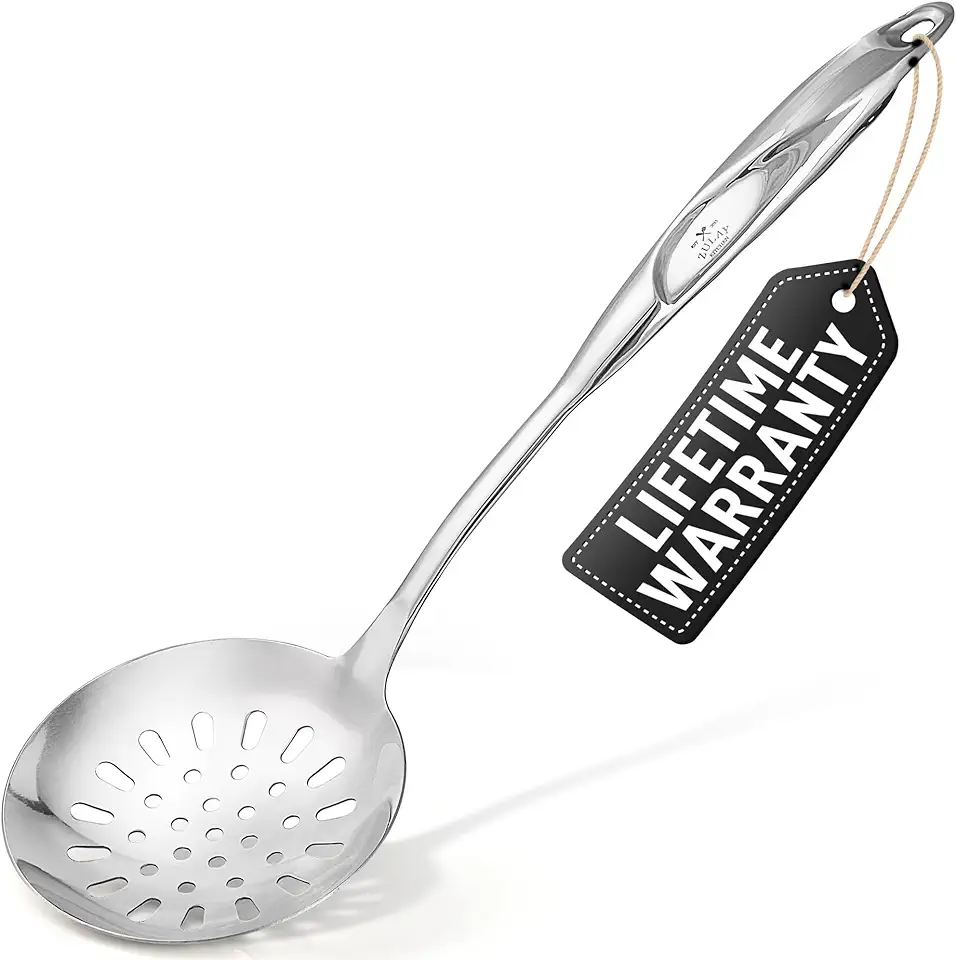 Zulay Kitchen Stainless Steel Slotted Serving Spoon - Large Frying Spoon Skimmer - Durable Utensil with Ergonomic, Easy to Use Handle - Easy to Clean, Perfect for at Home Cooks & Chefs - 14.5”
$12.99
$16.99
View details
Prime
Zulay Kitchen Stainless Steel Slotted Serving Spoon - Large Frying Spoon Skimmer - Durable Utensil with Ergonomic, Easy to Use Handle - Easy to Clean, Perfect for at Home Cooks & Chefs - 14.5”
$12.99
$16.99
View details
Prime
 OXO Good Grips Stainless Steel Slotted Spoon
$13.01
View details
Prime
OXO Good Grips Stainless Steel Slotted Spoon
$13.01
View details
Prime
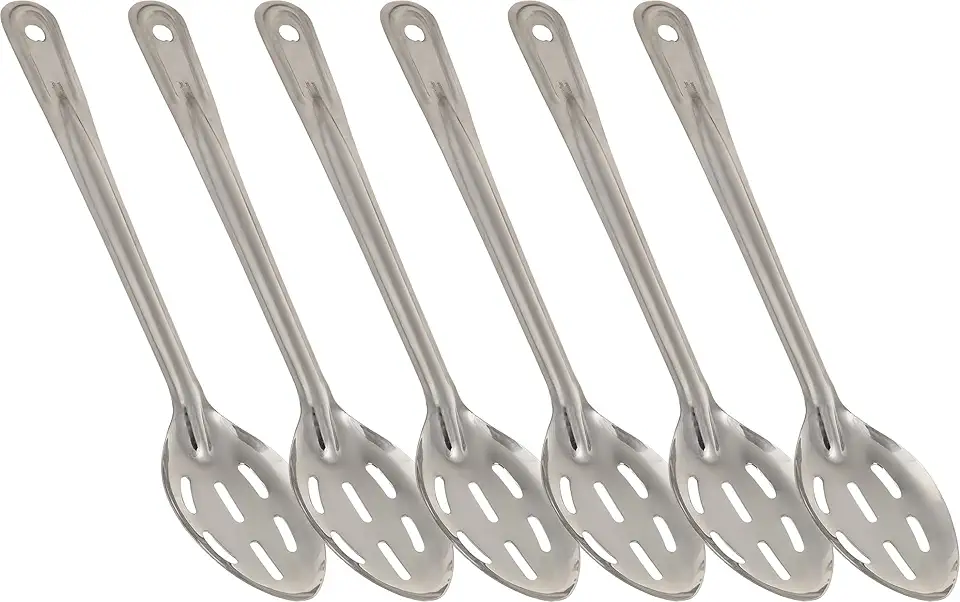 Perforated Stainless Steel Spoon - Serving Slotted Spoons for Restaurant - Large Metal Commercial Tablespoon for Cooking (6)
$23.99
View details
Perforated Stainless Steel Spoon - Serving Slotted Spoons for Restaurant - Large Metal Commercial Tablespoon for Cooking (6)
$23.99
View details
Getting the right amount of vinegar or turmeric is crucial. A standard measuring spoon will do the trick! ⚖️
Variations
Want to make this recipe vegan? No problem! Simply skip the eggs and try dyeing vegetables like potatoes or cauliflower instead! You can also use raw painted eggs as a fun project! 🎨
For gluten sensitivity, rest assured that all ingredients used in this cooking process are naturally gluten-free, ensuring everyone can enjoy this colorful activity! 🎉
Faq
- What type of eggs should I use for dyeing?
Using white eggs is ideal because the color shows up more vibrantly compared to brown eggs. 🥚
- Can I use food coloring instead of hibiscus?
Absolutely! Food coloring can yield even brighter shades. Just mix it with water and vinegar like you would with hibiscus. 🎨
- How long can I leave the eggs in the dye?
For the best color saturation, it's recommended to leave the eggs in the dye for at least 20 minutes to an hour. For deeper hues, overnight is best. ⏰
- Will the dye affect the taste of the eggs?
No, the dye is non-toxic, especially if you're using natural options like hibiscus and turmeric. Enjoy worry-free! 🍽️
- What's the best way to store dyed eggs?
Store them in the fridge if they are to be consumed later. Always keep them in an egg carton or a bowl covered with plastic wrap. ❄️
- Can I reuse the dye solution?
While you can store the dye solution for a day or two, it's always best to prepare a fresh batch to ensure vibrant colors for each dyeing session! ♻️

